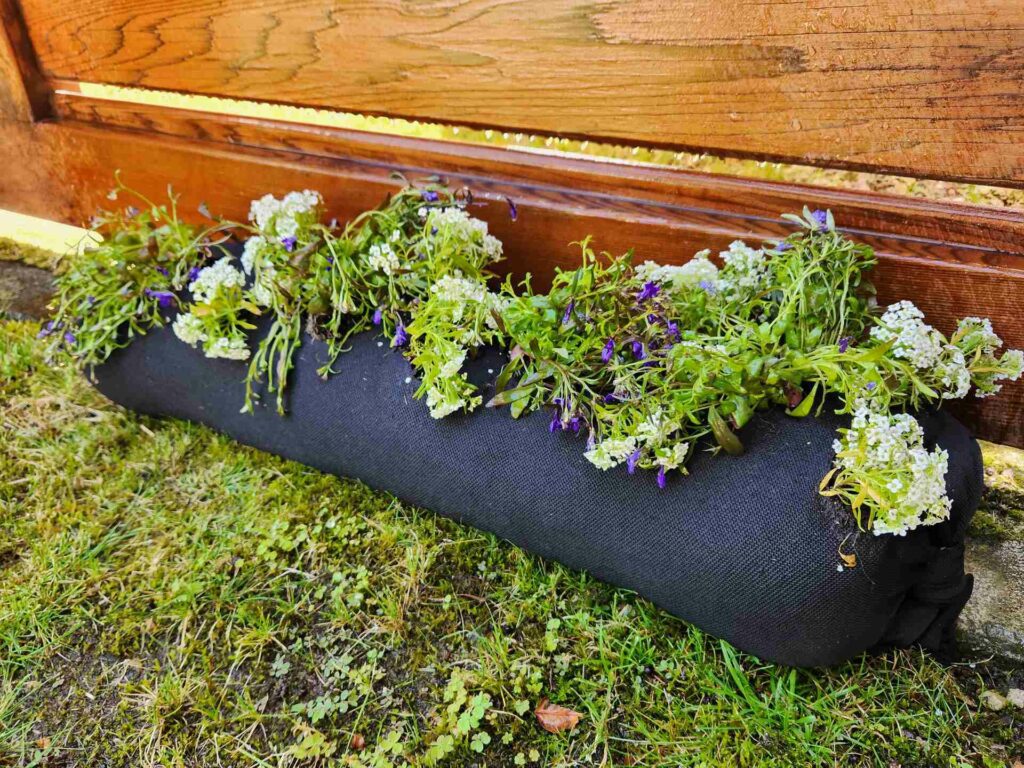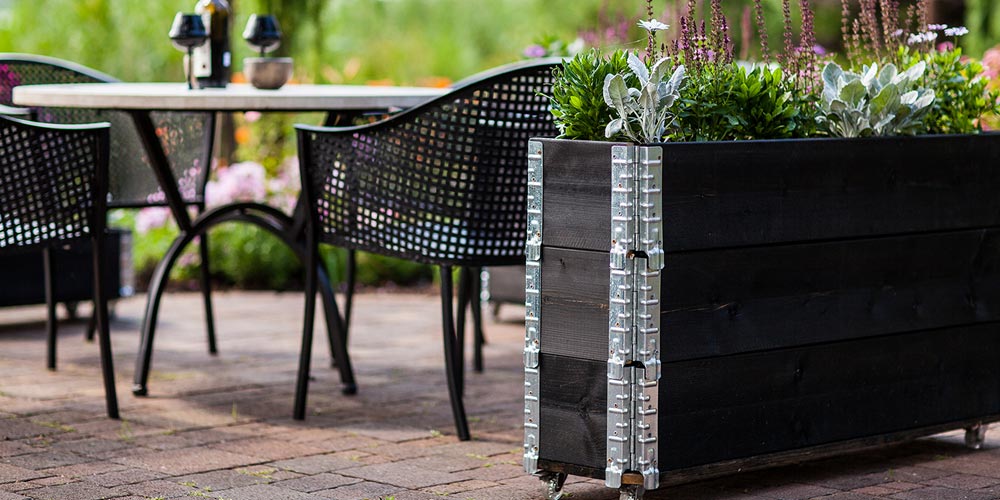Facebook
Twitter
LinkedIn
Pinterest
Reddit
WhatsApp
Reduce Living Costs With A Home Garden
Fresh is best. And it doesn’t get any fresher than picking vegetables, herbs, small fruits and berries from your own home garden. Need a quick garnish? There’s coriander, basil and oregano right outside your door. Friends coming over for an impromptu summer lunch? Pluck a few salad leaves, peppers and cherry tomatoes from the vege patch. Or maybe just sprinkle a few berries on the kids’ cereal or pack them in their lunch boxes in the morning.
Whatever your requirements, home gardens can be tailored to suit all tastes, and with food prices continually on the rise, they can certainly be easier on the wallet. If you have a close-knit group of neighbours, it could even be a good idea to create a small community garden to help others in need. We all know how our weather has devastated communities around the country, so home or community gardens are an easy way to unite people when times get tough.
Choosing what to grow
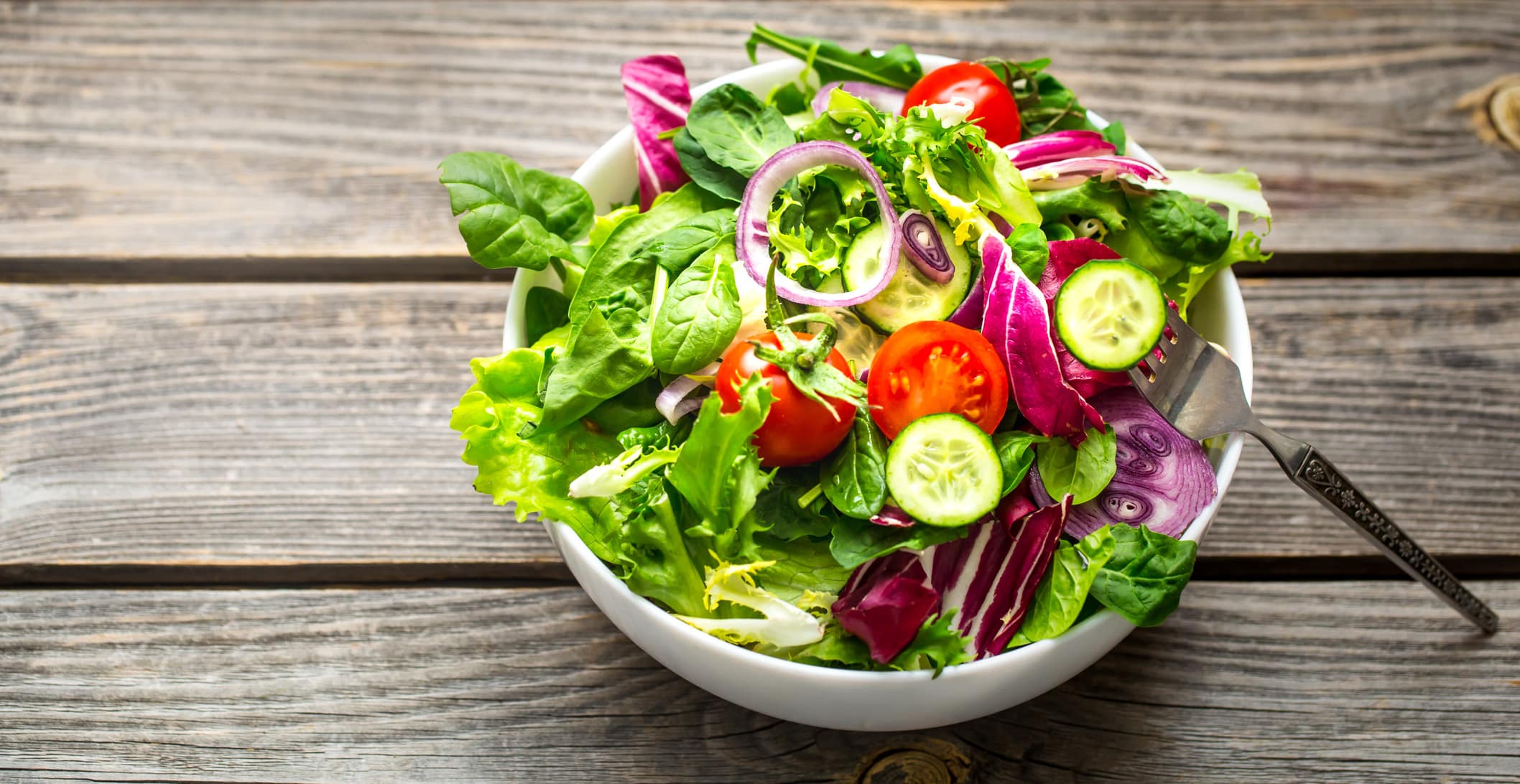
You could probably answer this with two questions. What do you like to eat? And in what season does it grow? But other considerations may help to shape your home garden. Are there easy-to-grow items that you use all the time. Or maybe it’s a treat, but you don’t buy it anymore because it’s just too expensive.
It’s a good idea to create a list of all the things you’d like to grow at home. From that list, you can then work out which ones are going to grow best for your soil and weather conditions. This is also a great opportunity to teach your children about growing food. Find out what their favourites are and set them the task of growing it from scratch. It will help them appreciate where food comes from.
If you’re really trying to save money, sow seeds in time to harvest your produce when the early season crops hit the stores. They’ll normally be more expensive to buy in-store at that stage when they’re only just becoming available, so you’ll be saving money by picking them at home. Check out our blog for some tips on growing veggies and herbs from seeds or seedlings. You can also use our handy GardenStax Planting Planner to get a good idea of what to grow, when to plant it, and how much space you’ll need for each plant type. The GardenStax Planting Planner also has great tips of what to plant and what not to plant alongside each other
Finding and creating the right garden space
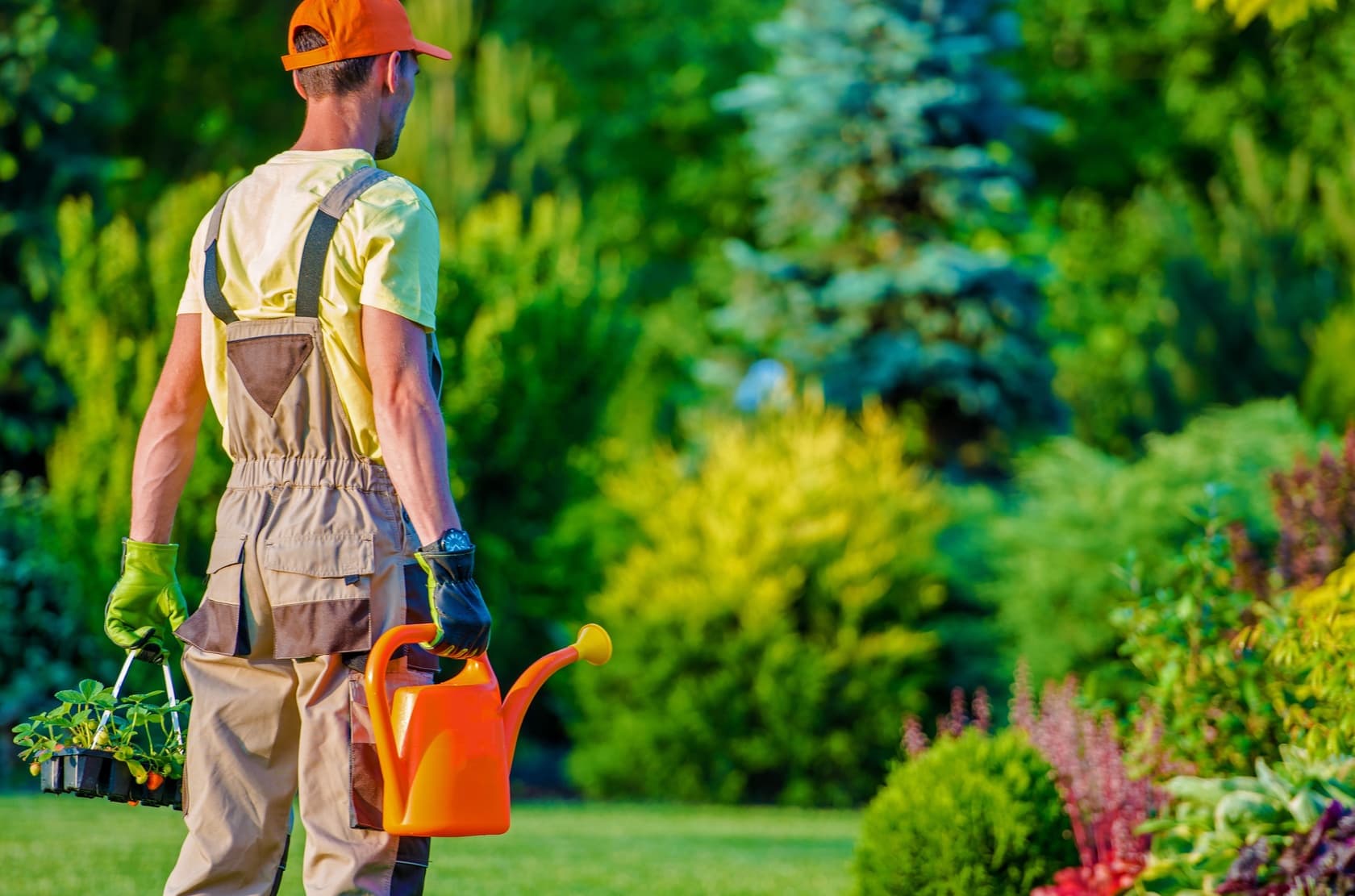
Now that you’ve got an idea of what you’d like to grow, let’s look at where on your property you can grow it. Find out what your chosen produce needs as far as sunlight (direct or shaded), if they prefer cool or sheltered areas, and how much water they need. That will give you a good idea where on your property they are likely to grow best.
If you have grassed or garden areas that you can easily turn over and plant, that’s fantastic. But if you’re short on space, you can use GardenStax to easily create raised garden beds that can sit on driveways, paths and decks, or up against fences or the side of the house. GardenStax raised beds are an ideal way to place your garden in exactly the right spot for the weather conditions your plants require, as well as the convenience of just popping out and harvesting when they’re ready to eat. Available in a range of sizes, you can tailor GardenStax to suit what you’re growing. And because they simply clip together, you can stack them high enough so you’re not bending down to tend to your garden.
Another great, easy to maintain, space-saving solution for growing herbs is GroWorm. This 5m long black sock is ideal for plugging gaps along fence lines, covering concrete haunching or lining garden paths, or even at the edges of your deck or patios. Just cut GroWorm to your desired length, fill it with topsoil, then cut small holes to place your plants and let nature do the rest. GroWorm is also a fun way to help teach children to grow their own plants.
Planting and caring for your garden
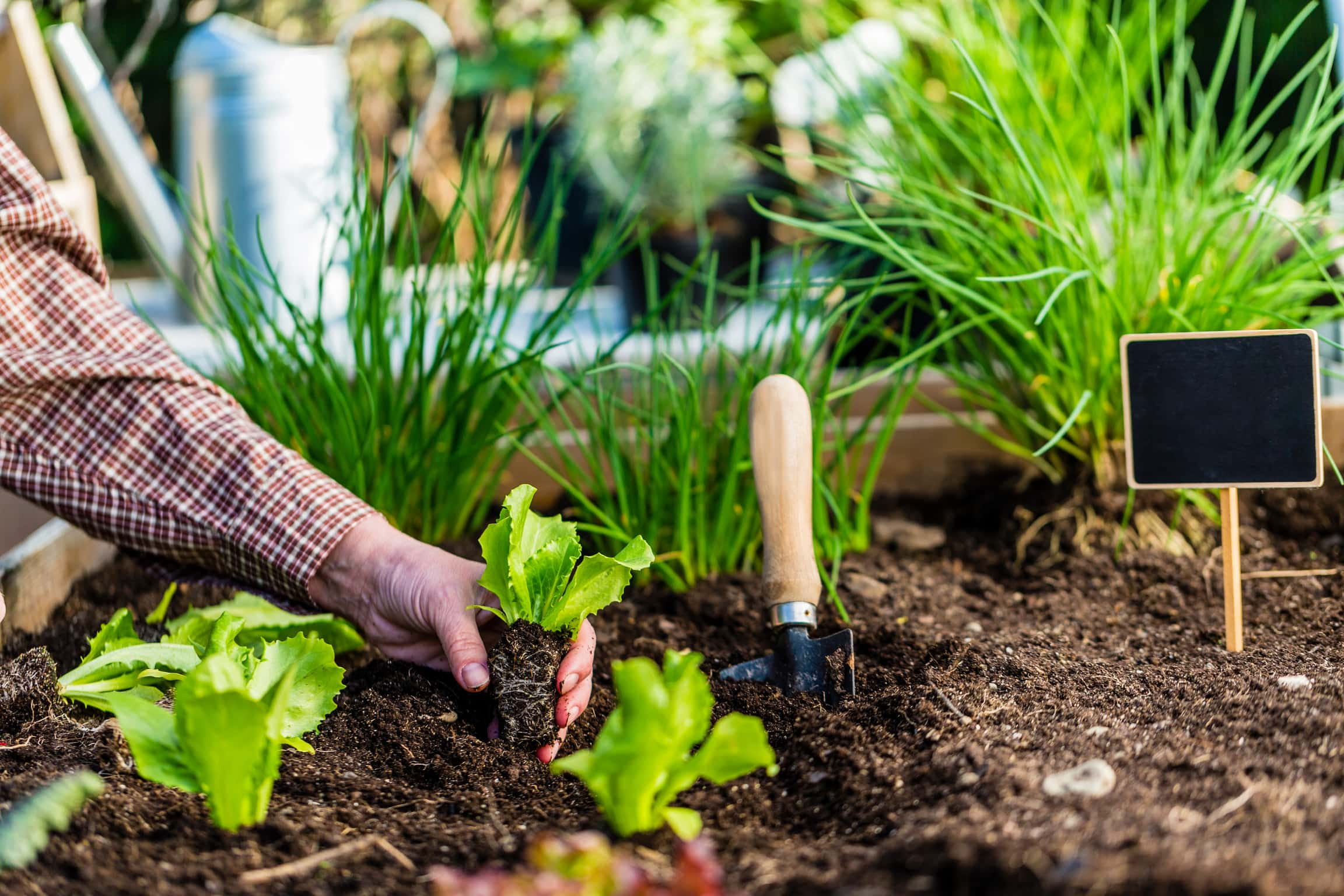
Like anything, plants need care and attention. By placing your garden in the ideal conditions for your plants to grow doesn’t mean you can just forget about them until they’re ready to eat. Give your home garden the best possible chance of success by maintaining healthy soil, roots and leaves as plants grow.
Both GroWorm and GardenStax Raised Garden beds will make getting rid of weeds easier. Weeds attract unwanted insects, can harbour disease and absorb nutrients from the soil that would otherwise be absorbed by your plants. By keeping your garden weed free, you give your plants the best chance of healthy growth. Remember not to overplant the area. Our GardenStax Planting Planner will show you the space each plant needs, so their roots systems aren’t fighting each other for nutrients, and the plants aren’t struggling for sunlight once they breach the surface. Using a high-quality mulch is also important. Our seedlings blog will have tips on how to manage new plant growth, but once established, the right mulch can feed nutrients into the soil. Slow feed fertilisers can also be used to feed into the soil as it rains or as you water the plants. Just try to keep the soil at the ideal moisture level for what your plants require.
By maintaining these key elements, you’ll help prevent unwanted pests and disease from reducing your harvest.
What to do once they’re ready to pick
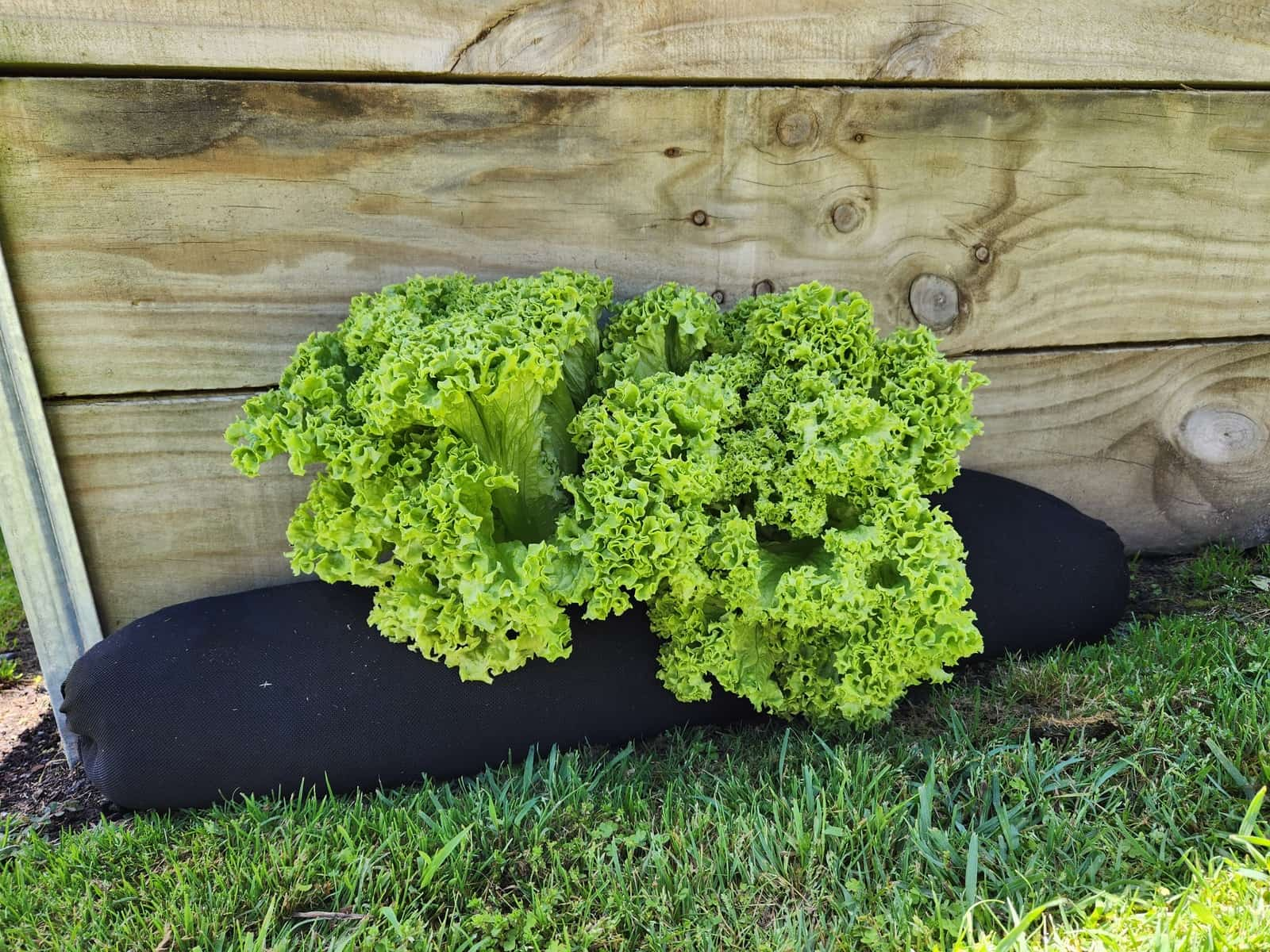
Now that the hard work is done, it’s time to enjoy the fruits of your labours (quite literally!). Depending on what you’ve grown, your plants may continue to produce crops for a period of time. Keep picking ready-to-eat fruit and vegetables, which will send nutrients to the still growing produce. Early in the season you might only get a small crop, but as the season continues, you will get more and more.
If there’s just too much for your family to eat, don’t let it go to waste. Either share it with friends, family or neighbours, or try freezing, drying or preserving the food for when the season starts to fade off. Some herbs will continue to grow, so it might be a case of cutting and maintaining the amount of growth, so your herbs don’t take over the rest of your garden.
The next stage, once you’ve eaten and shared everything in the garden, is to prepare your garden either for the same plant for the next season, or by growing something else that suits a different season. Your garden can easily adapt to spring, summer, autumn or winter crops. And if you’ve planted using GardenStax or GroWorm, you can just as easily shift your entire garden to a more suitable spot for ideal growth during those seasonal conditions.
With a little effort comes great reward
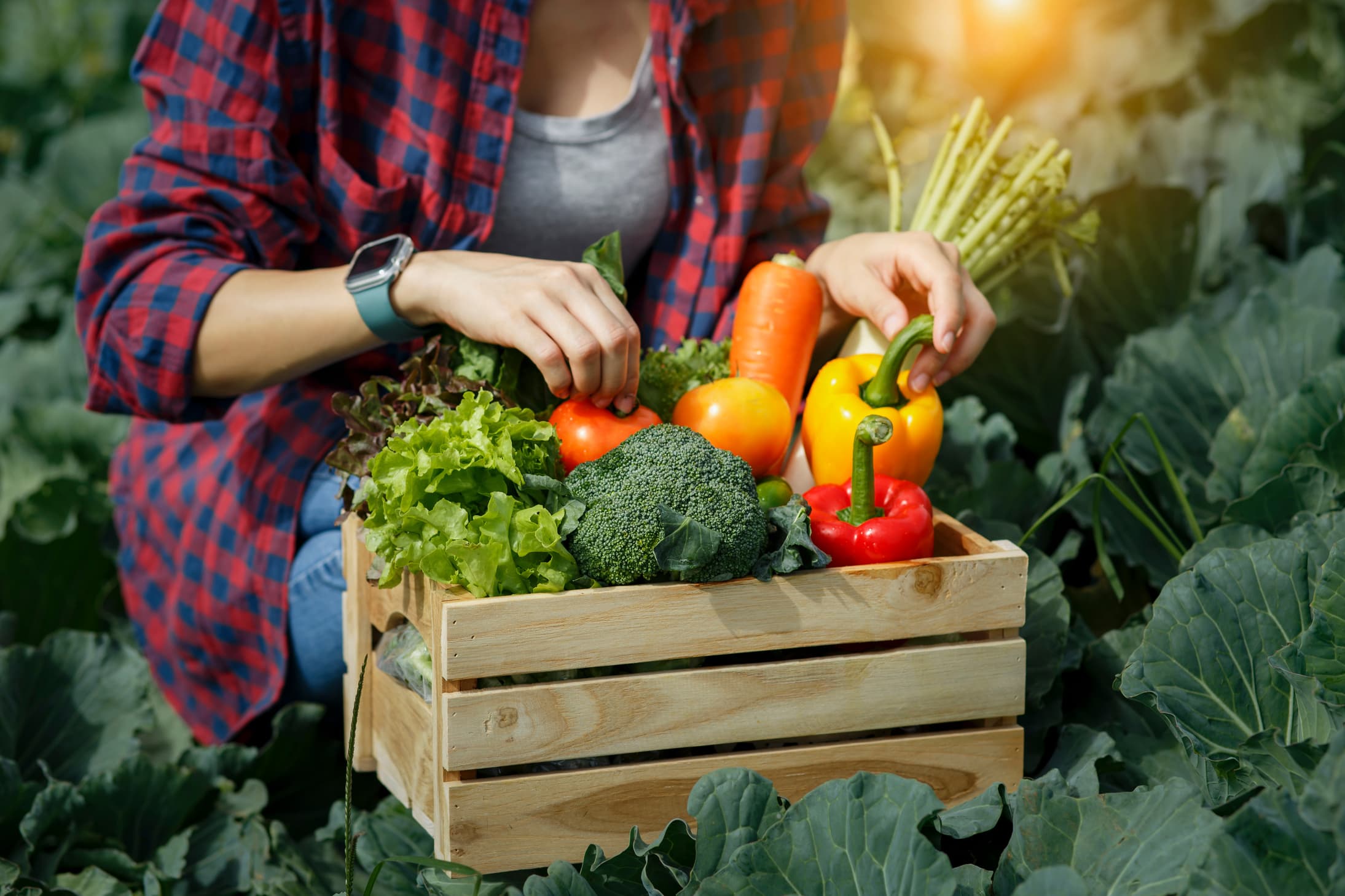
Whether you’re planting to save money, the convenience of having fresh herbs and spices right when you need it or sharing the fun of growing food with your children, the little effort it takes to manage and maintain a home garden is always well rewarded when your produce is ready to eat. GardenStax and GroWorm makes growing a home or community garden easy, no matter what outdoor garden area you have, so take some time to think about what you’d like to eat and follow these easy steps. You’ll be enjoying fresh food from your own home garden in no time!

